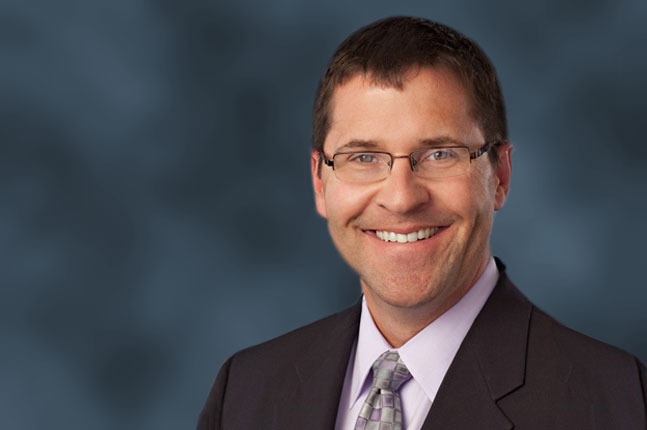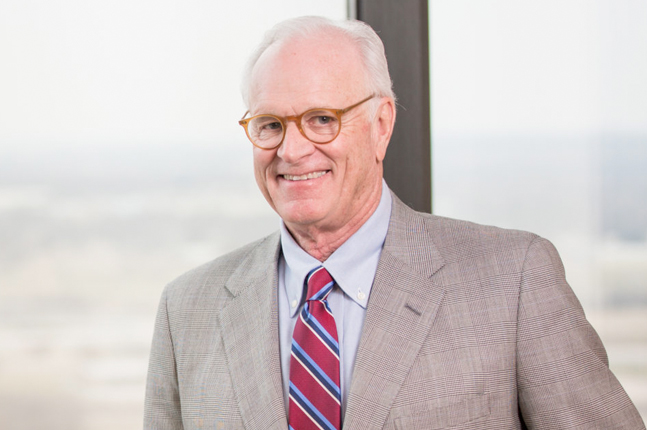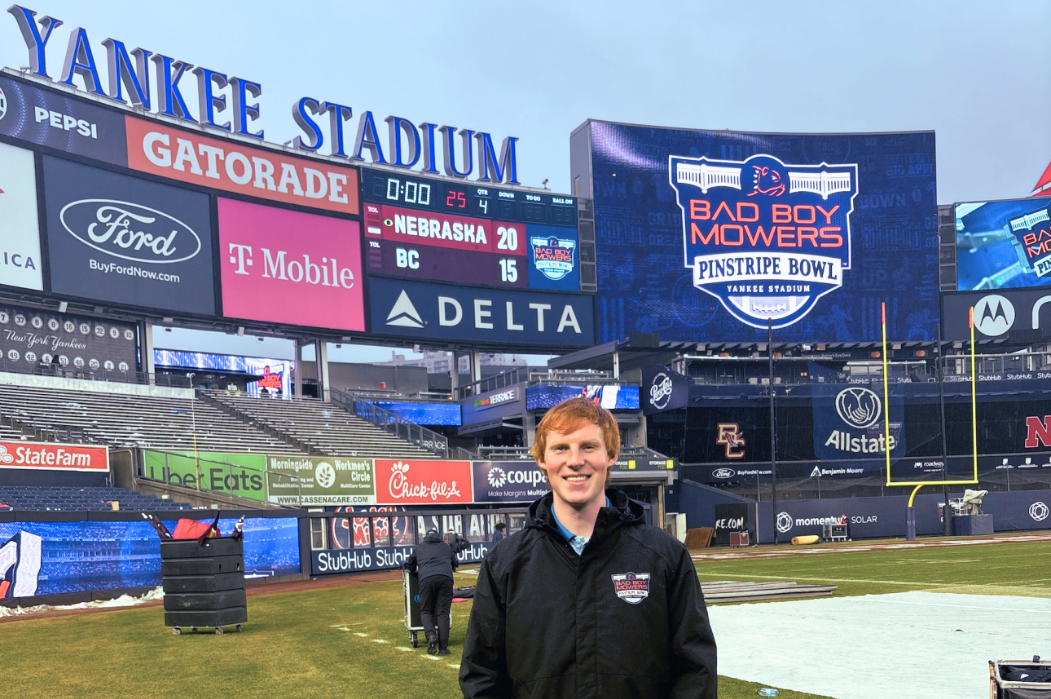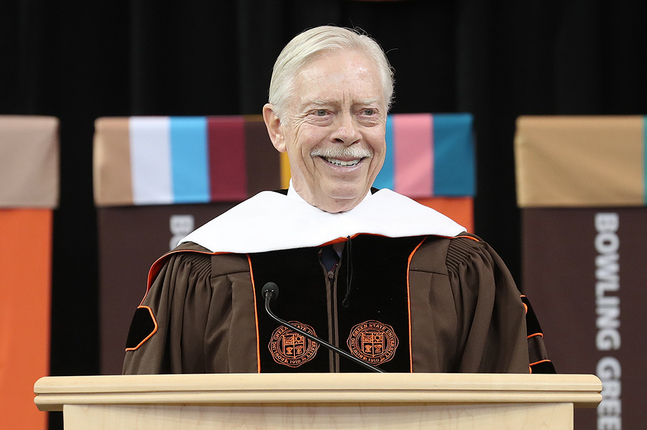As seen in the Columbus Dispatch
The dean of Ohio State University’s College of Medicine announced Wednesday the formation of a center that officials say will be the first of its kind in the nation to provide patient care, research and education on the often overlapping cardiac disorders of heart failure and arrhythmia, which affect millions of Americans.
The Bob and Corrine Frick Center for Heart Failure and Arrhythmia is being created as part of an $18 million donation from the restaurateurs from Westerville, Dr. K. Craig Kent told trustees at a meeting of the university’s Wexner Medical Center board. The naming of the new center will come before the full university board of trustees for approval Friday.
The Frick Center will allow physicians with different specialties to work collaboratively to treat patients, Dr. Ralph Augostini, who will direct the new center, told The Dispatch. It will also afford researchers with different skills an opportunity to pool their strengths to develop future treatment possibilities, he said.
“Hopefully, we’re going to see improvements in survival,” he said. “Heart disease, even though the outcomes are better over the last 30 years, remains our number one killer in the United States.”
Heart failure, a weakening of the heart, affects nearly 6 million people in the United States, according to the federal Centers for Disease Control and Prevention. Arrhythmia involves the heart beating too slowly, too quickly or irregularly; the CDC estimates that the most common form, atrial fibrillation, affects 3 million to 6 million Americans.
The Fricks, who founded the Roosters chain that now includes 35 locations, say the donation is possible because employees and customers made the restaurants successful. It was inspired by Mr. Frick’s own heart disease as well as heart disease in several of his family members, including a brother who died from heart failure and arrhythmia in 1999.
Frick was 40 when he suffered a heart attack in 1988. Following triple-bypass surgery in 1999, his heart went into atrial fibrillation, which led to a blood clot and a stroke in 2005. He’s had several ablations to destroy areas of the heart causing arrhythmias and has an implanted defibrillator that regulates his heartbeat.
Frick told The Dispatch he was treated by a group of physicians who impressed him with the way they worked as a team, and he and his wife want the same or better for other people.
“I thought ‘We have to do something to enhance their ability to execute their craft,’” he said. “I probably wouldn’t be here if it wouldn’t have been for the talent and care that’s been given.”
Along with heart disease and arrhythmia specialists, the center will include specialists in sleep-disordered breathing, such as apnea, which affects 30 percent to 40 percent of heart failure patients and can change outcomes for both that disease and arrhythmia, Augostini said.
“We’ve learned that you can’t practice in a silo,” he said. “Everybody has become so sub-specialized, but oftentimes there are multiple disciplines that are involved with different disease states. … You have to work as a team.”
Such centers, pulling together specialists in different areas, are becoming more common, but the heart failure/arrhythmia focus is unique, said Dr. Gurusher Panjrath, who chairs the Heart Failure and Transplantation Council of the American College of Cardiology.
“By having them all under the one umbrella, discussions around the care of the patient are tailored to the specifics of the patient’s condition,” said Panjrath, a cardiologist who practices and teaches at George Washington University in Washington.
Ohio State President Michael V. Drake thanked the Fricks Wednesday and praised the couple’s work ethic that led to their business success and ultimately put them in a position to make a difference in their community.
“There will be many, many thousands of people in our community and across the country who benefit from your focus and your hard work and your dedication and your generosity,” Drake said.
The Fricks’ donation already has funded an electrophysiology suite for arrhythmia treatments that can convert to an operating room if complications arise.
It also has funded a chair in electrophysiology, focused on arrhythmia, which is held by Augostini. It will further fund a chair in heart failure, three research chairs, a professorship and a fellowship.
Dr. Kent, while announcing the gift Wednesday, described the Fricks as “incredibly humble.”
“This gift is being made from their hearts and with their belief that no patient should die from heart disease,” he said.
The center, being formed under Ohio State’s Richard M. Ross Heart Hospital, will begin seeing patients later this year.





